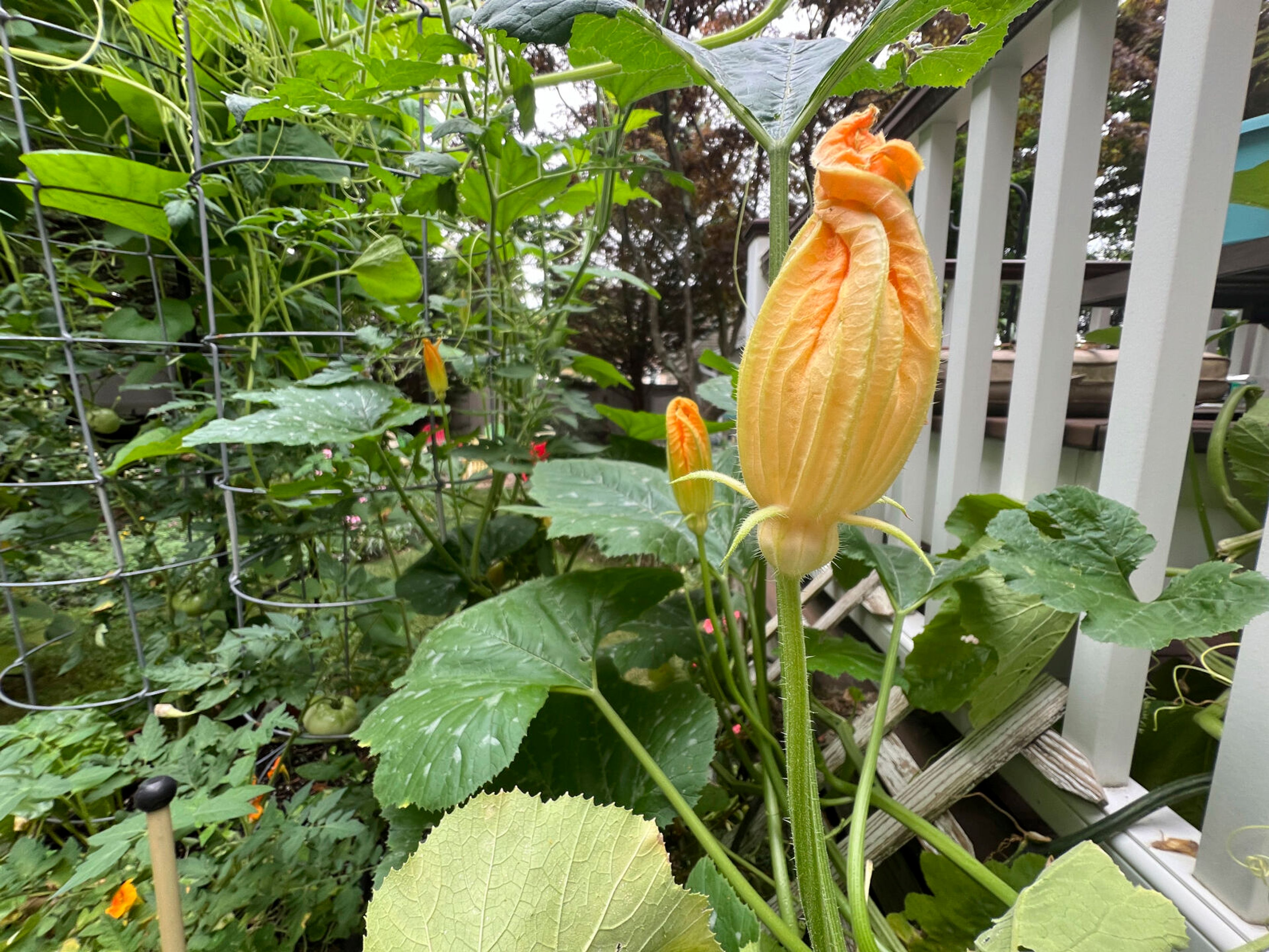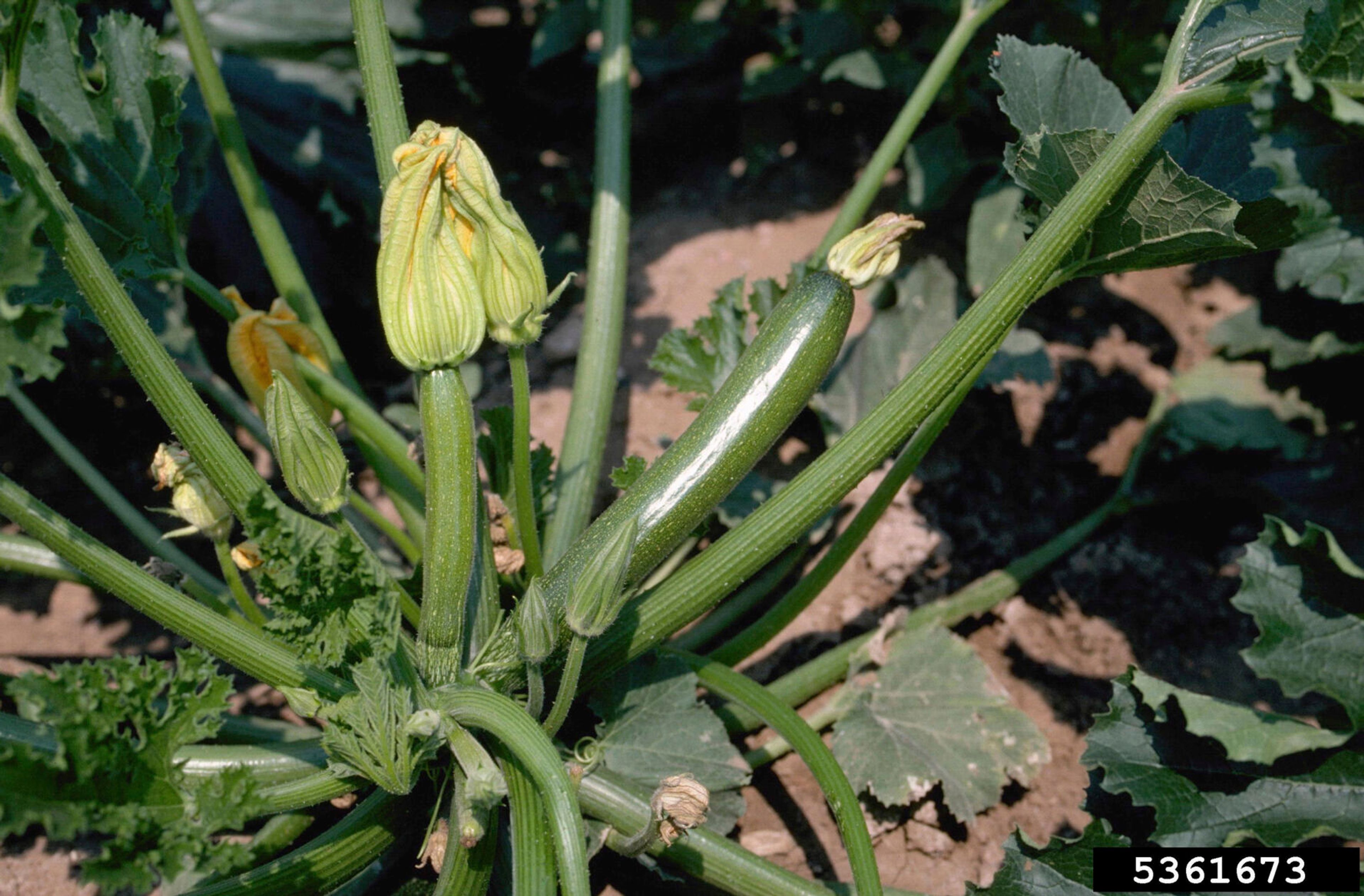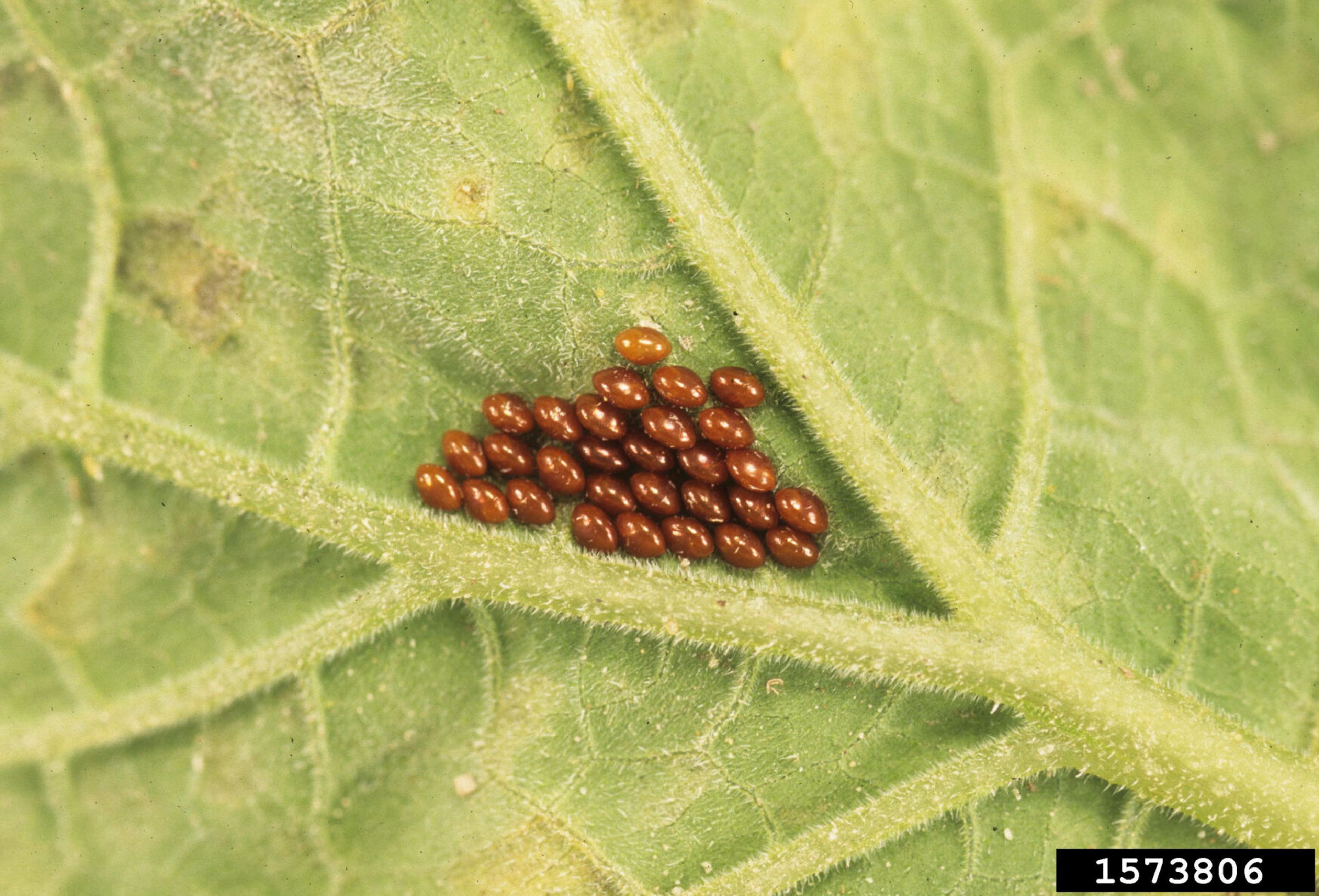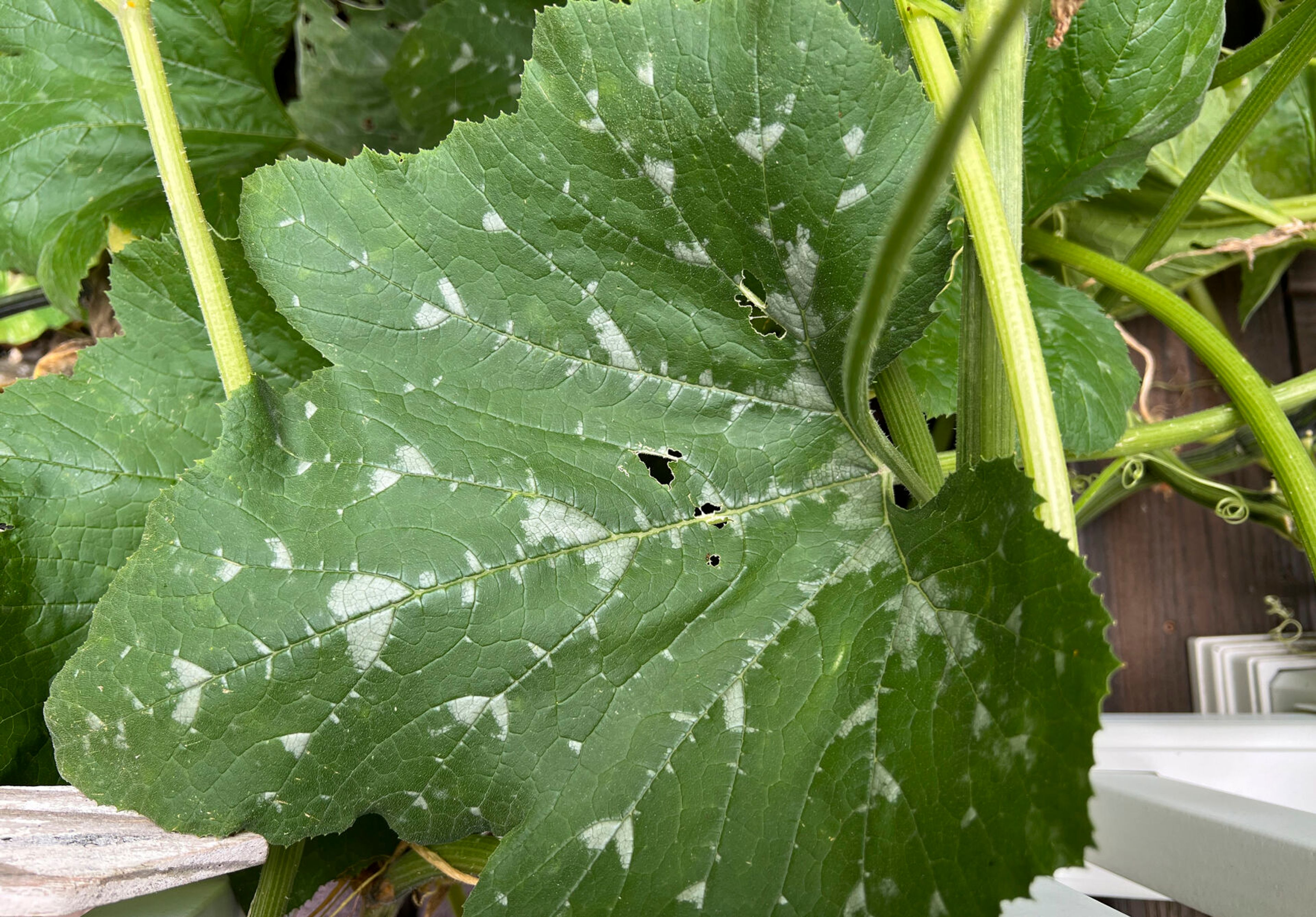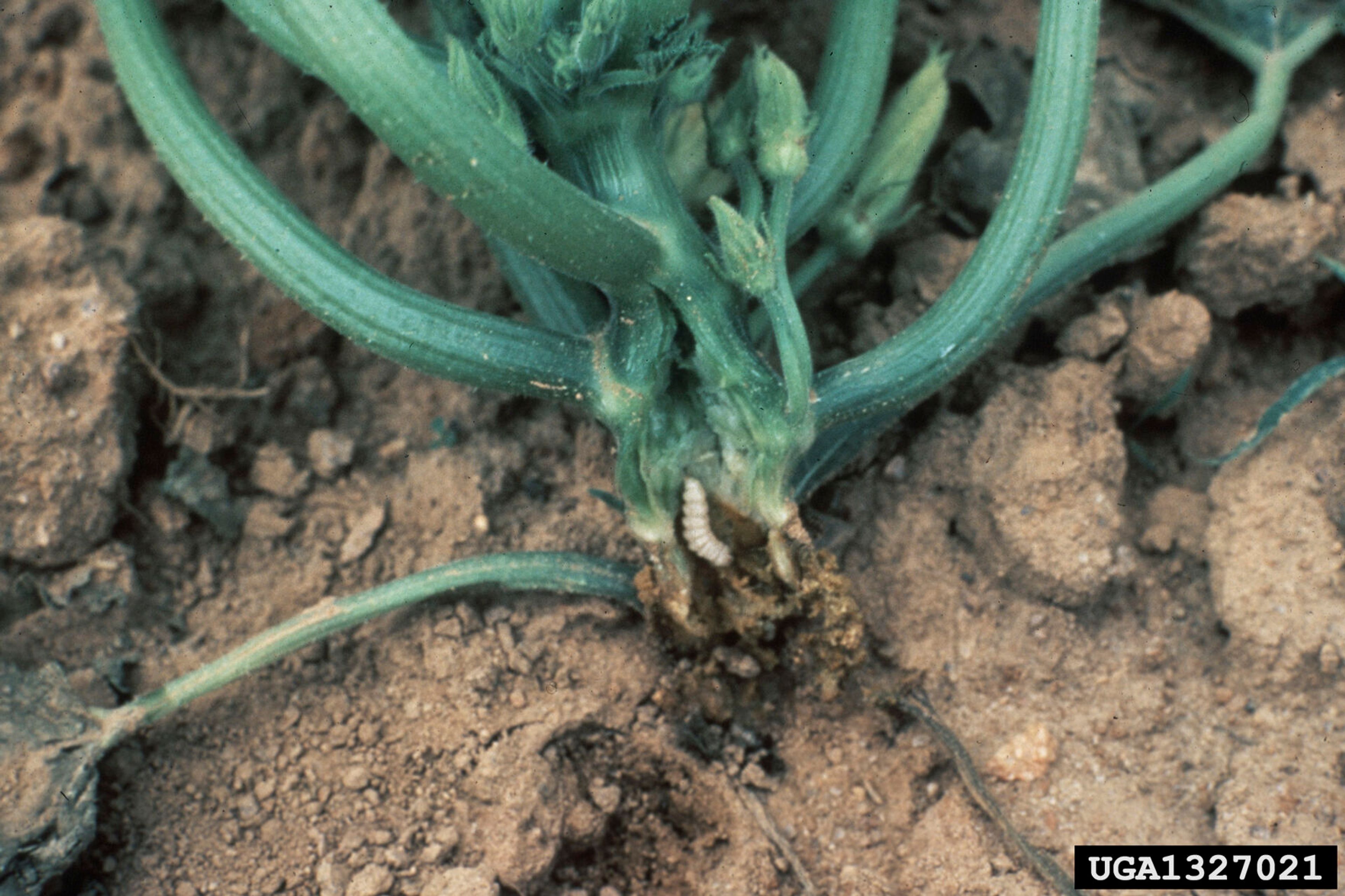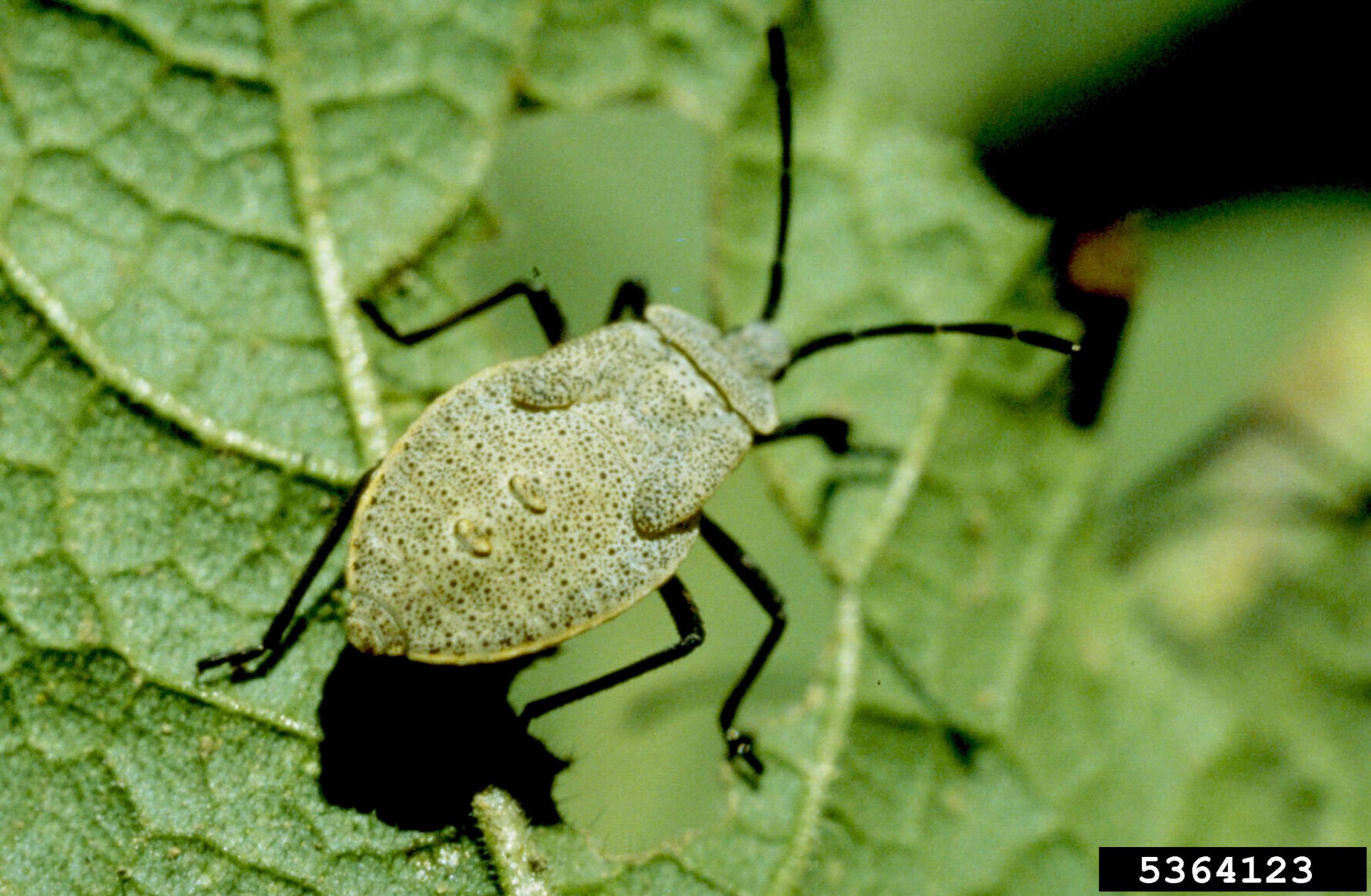Some of the most common questions I’m asked by backyard vegetable growers concern zucchini. The plants either produce like crazy, inspiring memes about gardeners anonymously leaving overflow harvests on their neighbors’ doorsteps, or they don’t produce any zucchini at all.
Sometimes, healthy, vigorous plants keel over and die overnight.
As with nearly everything in the garden, the best defense is a good offense — and early identification is key.
Squash sex ed
Zucchini are monoecious, which means every plant produces both male and female flowers. So only one plant is needed for pollination to occur. However, because male and female blossoms operate on different timetables, especially early in the season, they aren’t necessarily open and feeling frisky at the same time. Unpollinated female flowers either drop off the plant or begin to grow into a zucchini that withers after raising your hopes.
As the season progresses, however, both sexes usually bloom together, allowing insects to transport pollen from males to females, leading to the growth of fruit. But that doesn’t always happen, particularly when excessive heat reduces the viability of pollen.
It’s times like those when you, as gardener, are called upon to play matchmaker. But first, you’ll need to tell them apart: If you look closely, you’ll see that males are attached to the plant by a simple stem; females have a swollen base that will grow into zucchini after pollination.
When flowers are open in the morning, remove an open male flower and pull off its petals, leaving only the pollen-covered yellow stamen on the stem. Dab that pollen onto the center of each open female flower to pollinate it. That’s all there is to it.
Diseases, or not
Some growers become concerned when white spots appear on their plants’ leaves. Usually, they’re just a normal sign of maturity, as the foliage develops silvery blotches as it ages.
But they could also be indicative of powdery mildew. An easy way to tell the difference is to attempt to rub off the discoloration. If it can be removed, it’s mildew, which thrives in high humidity.
The best way to remove powdery mildew is to wash it away with water, but don’t allow water to sit on leaves overnight, as this would encourage more mildew growth. If you can dry each leaf with a soft cloth afterward, all the better, but it’s not necessary if you do your rinsing in the morning.
Mildew diseases can be prevented by spacing plants sufficiently apart so that moisture doesn’t become trapped between crowded leaves; by opting for drip irrigation instead of overhead watering; and by watering early in the morning to allow a full day’s worth of sunshine to dry leaves before dark.
Pests
If you see small spots instead of blotches, they could be caused by leafhoppers (usually not a threat to zucchini), spider mites (accompanied by tell-tale webbing between leaves), whiteflies (which fly away when disturbed; apply insecticidal soap for control) or thrips (which feed on spider mites, so you can leave them be).
Squash bugs are larger pests that can be lethal to zucchini, as the damage they cause interferes with the plant’s water uptake ability.
To help avoid this, thoroughly clean beds at the end of every season, removing and discarding all plant debris from the soil surface. Next — and this is important — turn the soil over in late fall to disrupt the insects’ life cycle. If squash bugs have attacked your plants, avoid planting zucchini or other cucurbit plants (cucumbers, melons, squash, pumpkins) in the same bed for three years.
If all else fails, pesticides containing permethrin are effective against young squash bugs, but not adults, which overwinter in the soil and re-emerge the following year in a never-ending cycle of infestation.
Finally, there’s the dreaded squash vine borer, which lays tiny, red, flattened-oval eggs along the bottoms of plant stems. Those hatch into white caterpillars with brown heads that bore into stalks and kill plants as they chew their way out. They cocoon in the soil over winter and re-emerge in late spring as black-and-orange moths ready to repeat the cycle.
For many, a suddenly dead plant is the first indication of vine borer presence. However, inspecting plant bottoms every week would offer the opportunity to pick off and destroy eggs before they hatch. Close attention also would reveal small puncture holes in the bottoms of stems accompanied by frass, an excrement that resembles sawdust.
If you spot holes, use a razor blade to slice open the stem around the punctures and pick out the small, worm-like borers. Then, mound soil around the base of plants to cover the injured portion of the stem. This will save your plant and encourage new roots to grow.
Damiano writes regularly about gardening for The Associated Press. She may be contacted at jessica@jessicadamiano.com.
